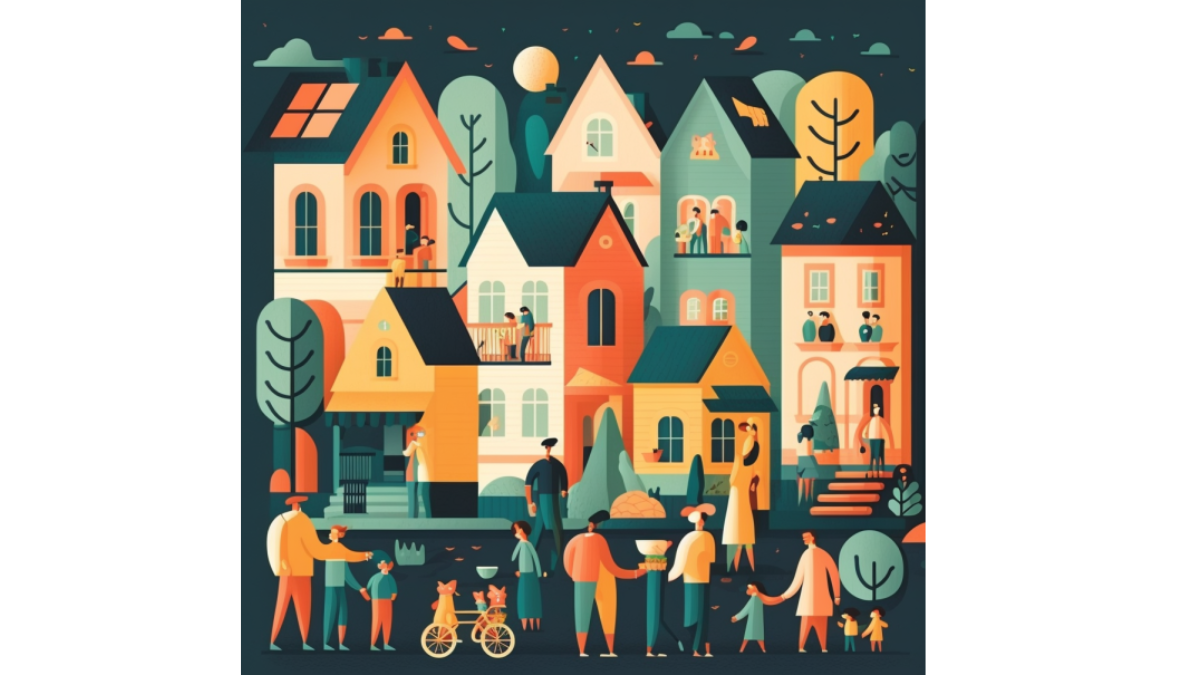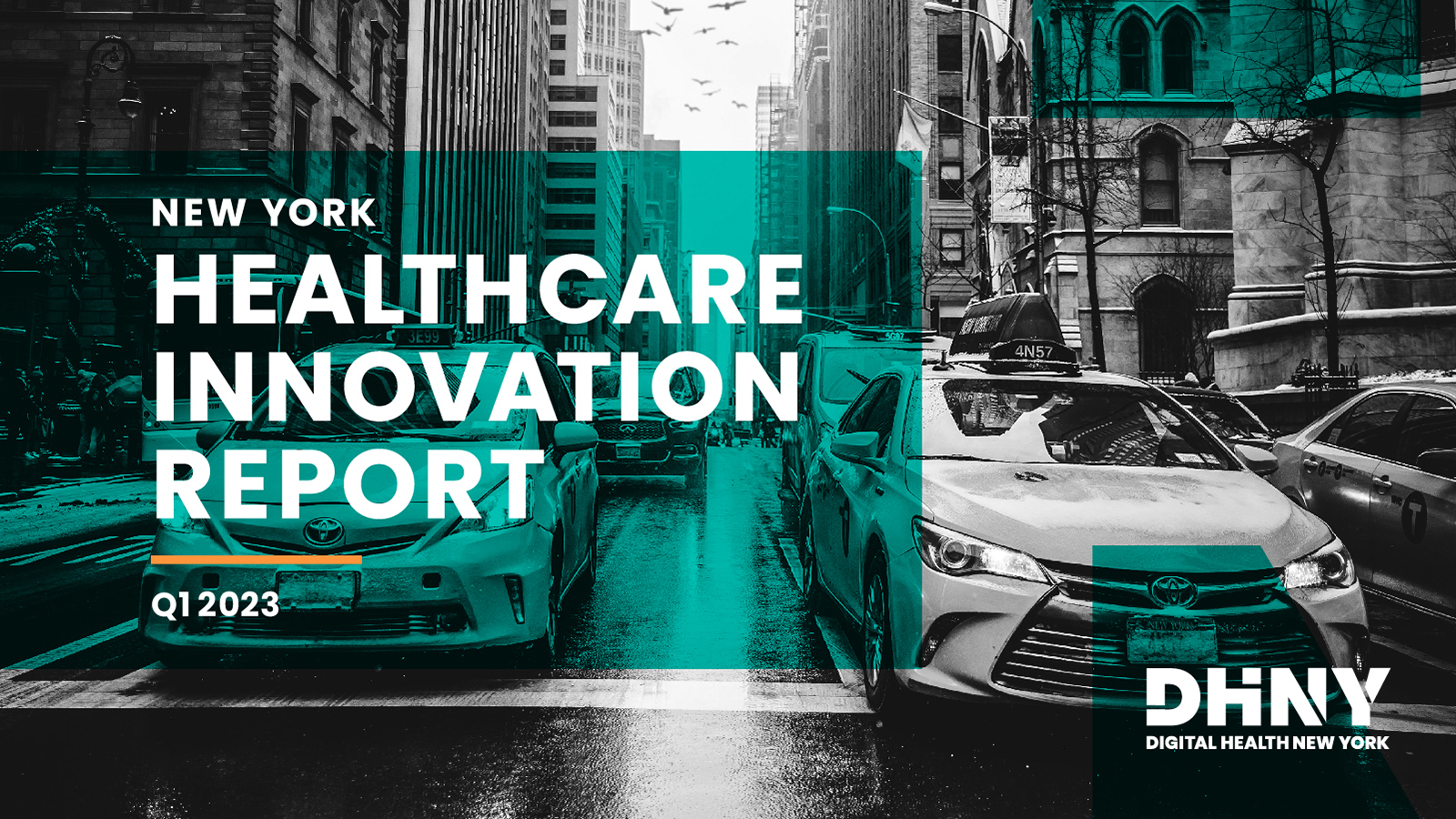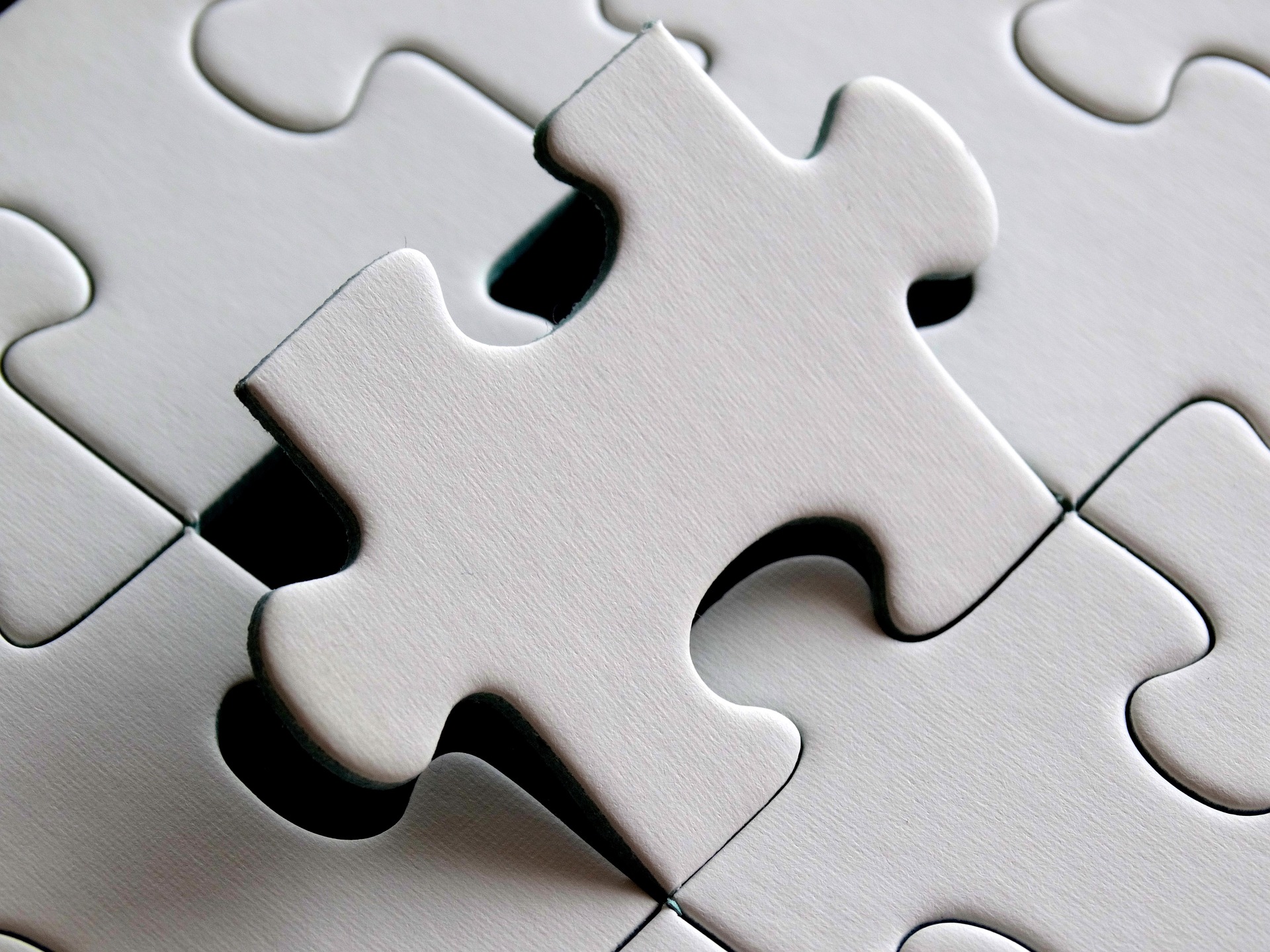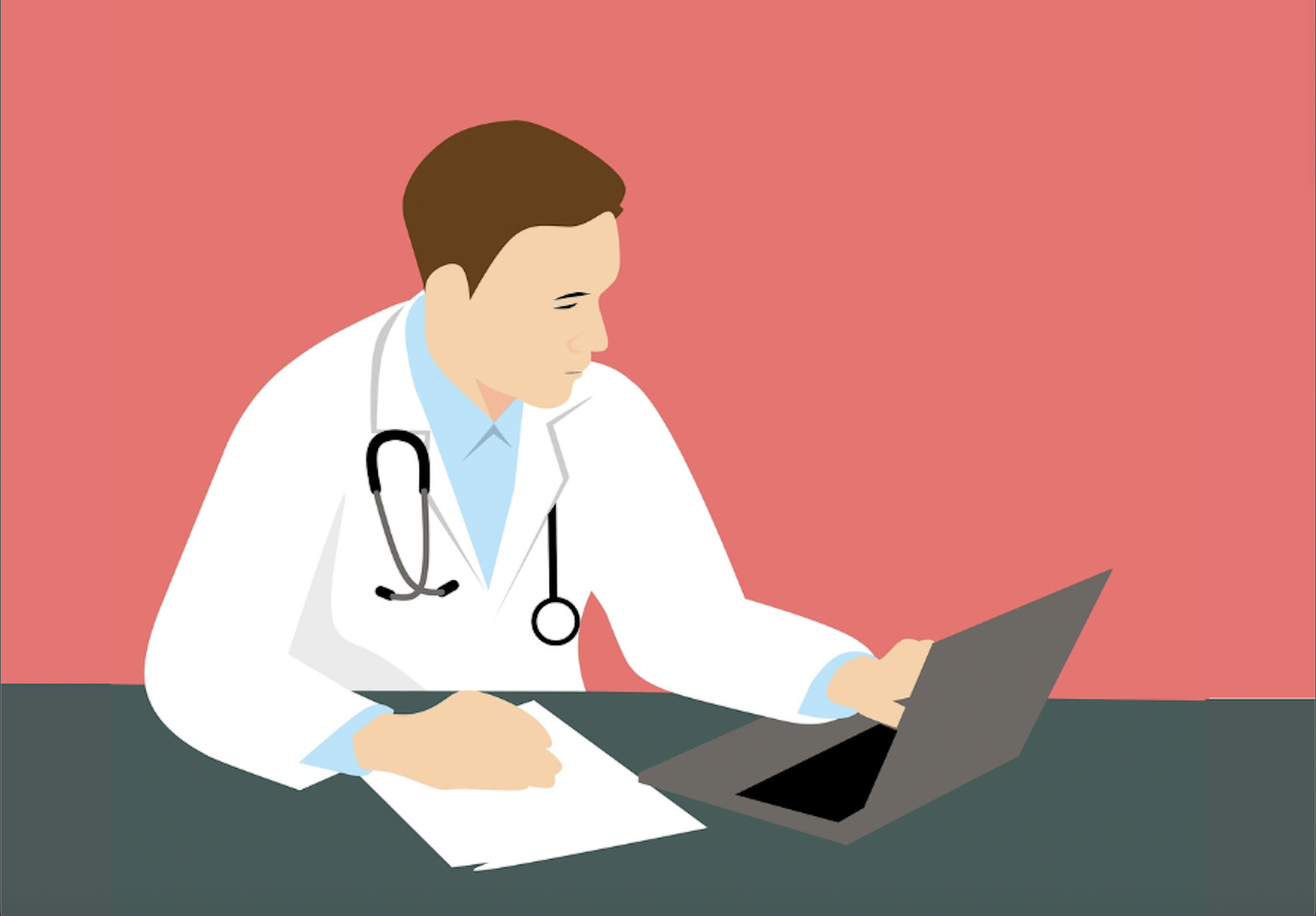A look inside NeuroBlu: Structured socioenvironmental stressor data
Huge amounts of data are collected throughout a person’s journey through the behavioral healthcare system. From demographic data captured during intake to in-depth conversations between patients and clinicians about symptoms, daily activities, and goals, most of the information captured about a patient becomes part of their electronic health record (EHR).



.png)


.jpg)



